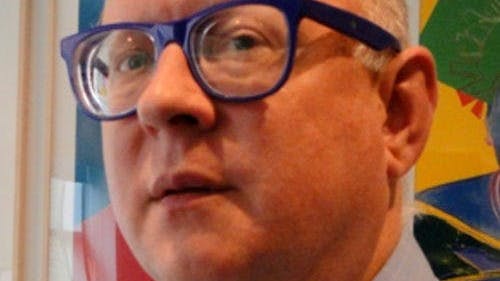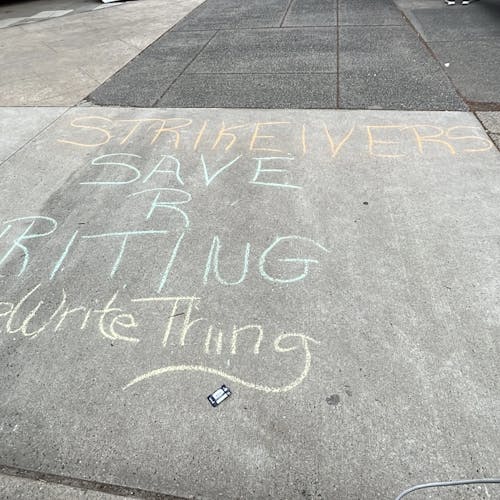Zimmerli art director tells his story on AIDS activism at epidemic's peak

Thomas Sokolowski, one of the founders of the art activist organization Visual AIDS and director of the Zimmerli Art Museum, participated in an interview with The Daily Targum about his experiences as an activist at the peak of the AIDS epidemic.
Visual AIDS created the event, Day Without Art, which coincides with World AIDS Day annually on Dec. 1.
For the first World AIDS Day in 1988, Sokolowski was in London. He said the predictions for the disease were negative with expectations for continued infections and deaths.
Two months after the first World AIDS Day, Time Magazine ran a story that featured prominent artists that had died as a result of the disease. Sokolowski said it made him ask himself, what would people like Michael Bennett, the famous Broadway choreographer who died of AIDS, have done if they had lived?
Sokolowski said he then saw an art exhibit at the Museum of Modern Art (MoMA) by photographer Nicholas Nixon, who photographed patients through the stages of AIDS. Nixon showed the exponential progression of the disease in short time periods, which was four weeks in some cases.
At a dinner party, with both AIDS presentations as inspiration, Sokolowski said he and four friends came up with the idea of Visual AIDS to raise awareness of the disease.
The initial group of five gay men, including Sokolowski’s friend who died in 1990 of AIDS, began giving out weekly press releases with AIDS-related poetry readings, art shows and theater programs around Greenwich Village in New York City.
“We were sort of a marketing, clipping agency to begin with,” Sokolowski said.
The organization started having meetings and calling friends who were mostly in the visual arts world. They began with 15 members, then after six months had 50 members, he said.
Sokolowski said one of the men in the organization came up with the idea of Day Without Art, which was based off of a protest against the Vietnam War in the 1970s due to the similarities in many young men's deaths. To draw attention to the Visual AIDS cause, members of an art gallery Sokolowski was familiar with in New York City closed their doors, as if they were no longer there.
“The premise was if this disease goes unabated, there would at one point be no artists to hang art on the walls, no museum professionals, no critics, no art handlers and no visitors. So it would be a day without art,” Sokolowski said.
The organization began calling everyone in the art world, those they knew and those they did not, to get them to participate in the first Day Without Art. As Dec. 1, 1989 approached, Visual AIDS had 659 institutions across the country involved.
Some places closed their doors, some created new art to display and some took art off the walls, Sokolowski said.
The Metropolitan Museum of Art took down its portrait of Gertrude Stein, a famous lesbian poet, and instead put up a sign that drew attention to the AIDS crisis. The museum also put a bowl of condoms at its entrance to promote safe sex.
Sokolowski said he and his friends were riding in a taxi to the Day Without Art opening at the MoMA when they heard themselves being interviewed on one of the largest radio stations in New York City.
“I talked to Walter Cronkite and Peter Jennings,” he said. “Every major news circuit began broadcasts with 'Today is a Day Without Art.'”
After the success of the first year, Sokolowski said he knew Visual AIDS had to top it for next year. The organization began setting up different committees. One of the committees took the idea of the yellow ribbon, a symbol for supporting the military during the Persian Gulf War, and created the red ribbon as a symbol for supporting the AIDS crisis.
The red ribbon became a universal symbol that went viral, Sokolowski said.
By 1995, when Sokolowski stepped down as the head of marketing for the organization, he said, there were millions involved with Visual AIDS and Day Without Art across the globe. That year MTV even did a moment of silence, having its broadcast go black for 1 minute.
The AIDS crisis has improved since the late 1980s and early 1990s, but it is still prevalent in people’s lives. Sokolowski has friends who have lived with the virus for 25 years, he said. They have survived, but a good number of them are living with a disability or must spend months in the hospital every couple of years.
“It is one more thing we have to deal with, one more thing we have to integrate into our lives. And it is not just gay people who get AIDS. Transmission is transmission,” he said.



